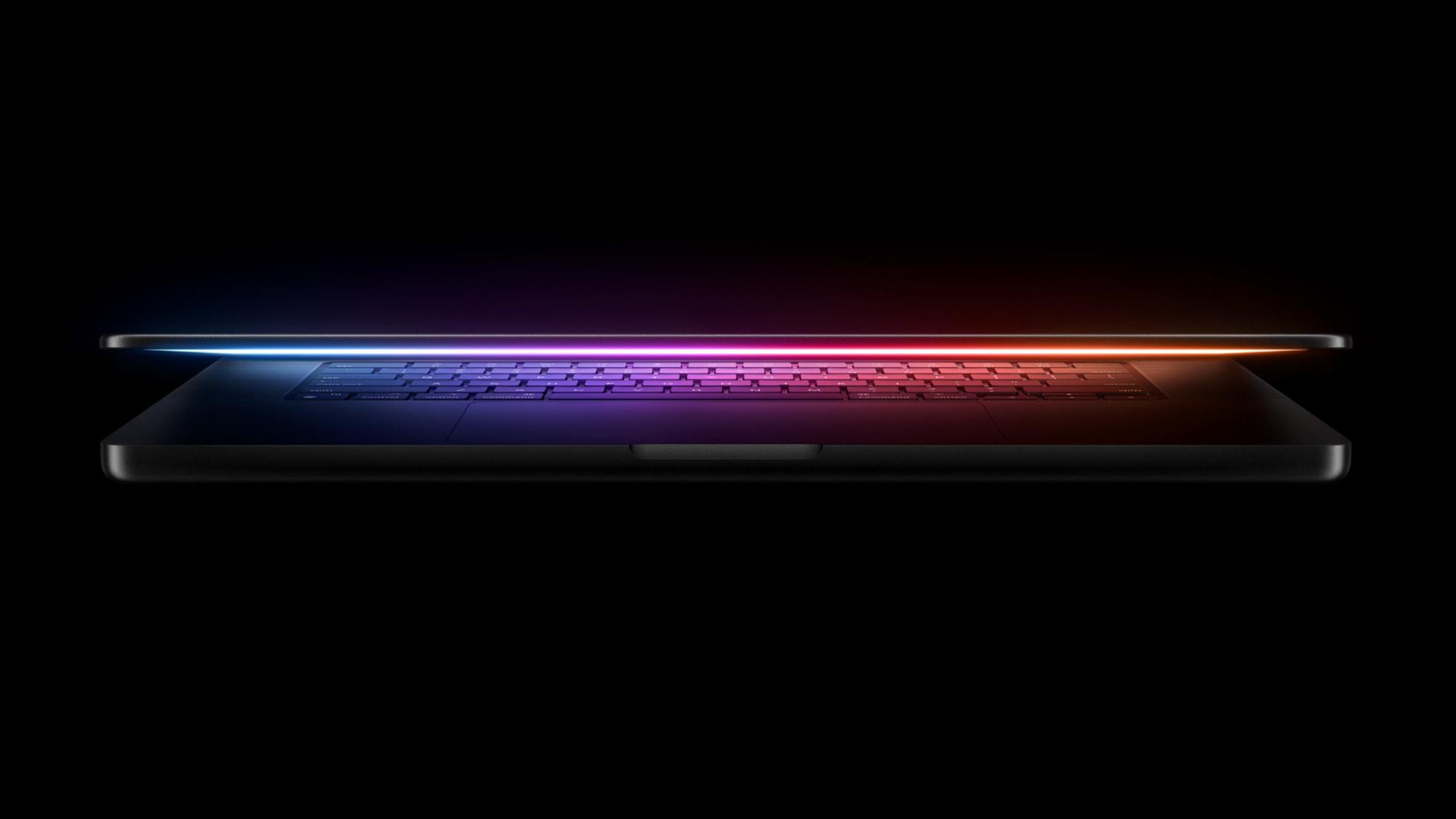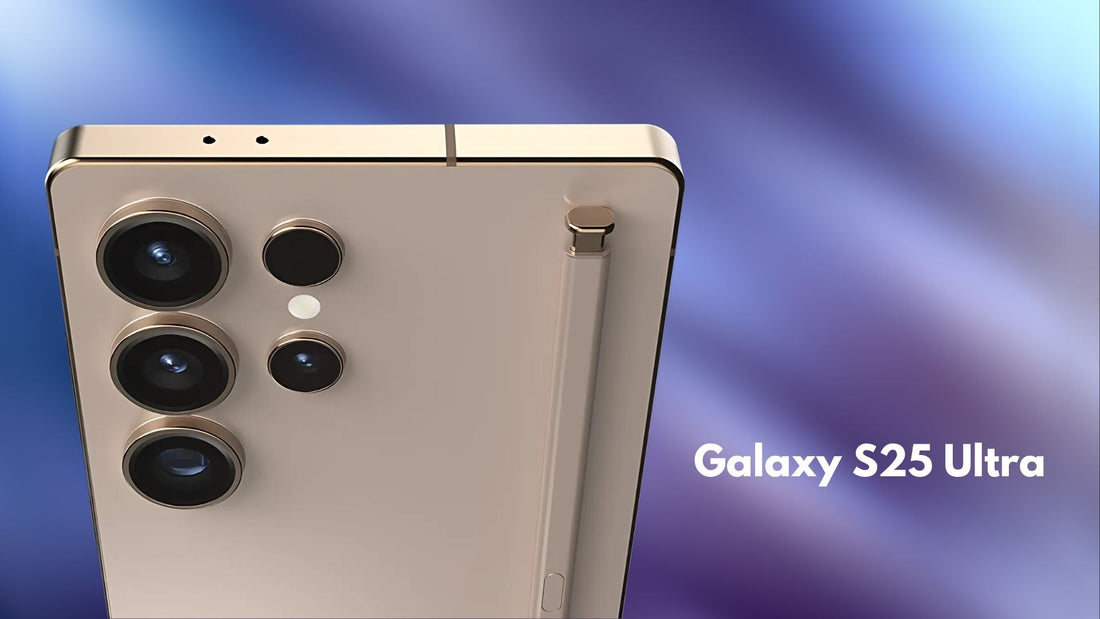The Genesis of Google’s Tensor Chips and the Road to Change
Alright, let’s just call it what it is—Google’s whole Tensor chip saga has been kind of a wild ride. You remember 2021? That’s when Google first cooked up its custom Tensor chips for the Pixel phones. The big idea was: ditch generic processors, slap in some homemade silicon, and flex those AI muscles. Also, you know, make the cameras even shocking and have everything play nice with Android. Sounds awesome on paper.
For a while, Samsung was the one building these chips—a real “you make it, I’ll design it” kind of deal, from the OG Tensor G1 in Pixel 6 all the way up through G4. On one hand, teaming up with Samsung meant Google could really fine-tune the hardware to its software dreams. On the other… eh, let’s just say, things didn’t always go according to plan.
People started noticing stuff. Like, “Hey, why does my Pixel get hot enough to fry an egg when I’m playing games?” Or, “How come Apple’s chips are out here running laps around mine?” Industry gossip and regular users both kept pointing out that those Samsung-made Tensors had some quirks: inconsistent yields (translation: making the chips was kind of a headache), and heat problems that led to throttling if you dared to push your phone too hard. TL;DR: Pixels had cool AI tricks, but sometimes just couldn’t keep up with iPhones or the Snapdragon gang on raw power or battery life.
Google wasn’t gonna just sit around and shrug. They started looking around—hard. If you wanna compete with the big dogs, you gotta bring your A-game. And that means finding the best chipmaker on the planet.
Why TSMC: A Deep Dive into Google’s Strategic Pivot
Enter TSMC, aka the chip factory everyone in tech wishes they could date. Google’s pivot to TSMC for the next-gen Tensor (hello, G5 and Pixel 10!) is a pretty loud message: “We want the best, and we’re done messing around.” Supposedly, this move left Samsung kinda stunned, but hey, that’s business. Expect the new TSMC-powered Pixels to land in late 2025—and honestly, if you’re a Pixel fan, you should be hyped. This could finally be the glow-up Google’s been chasing.

Unparalleled Manufacturing Process: The TSMC Advantage
TSMC has long been recognized as the undisputed leader in advanced semiconductor manufacturing. Its process technologies, particularly the 3nm node that the Tensor G5 will utilize, offer significant advantages over Samsung’s comparable offerings. These advantages translate directly into tangible benefits for end-users:
- Superior Thermal Efficiency: TSMC’s fabrication processes are renowned for producing chips that run cooler. This is crucial for sustained performance, as reduced heat dissipation minimizes thermal throttling, allowing the Tensor G5 to maintain peak performance during intensive tasks like gaming, video editing, or complex AI computations.
- Enhanced Power Consumption: More efficient manufacturing processes lead to lower power consumption. For Pixel users, this means significantly improved battery life, a critical factor in the premium smartphone segment where longevity is highly valued. Chips made on TSMC’s nodes can pack more transistors into a smaller area, leading to greater computational power without a proportional increase in energy drain.
- Higher Yield Rates and Reliability: TSMC boasts a proven track record of consistently high yield rates on its advanced nodes, reportedly reaching around 90% for its 3nm process, in stark contrast to Samsung’s reported 50%. This ensures a more stable supply chain, consistent quality, and reduced manufacturing costs in the long run for Google.
Long-Term Stability and Strategic Alignment
The partnership between Google and TSMC is not a fleeting arrangement. Reports indicate a multi-year deal, potentially extending through the Pixel 14 series, securing a stable supply of advanced Tensor chips until at least 2030. This long-term commitment offers Google several strategic benefits:
- Roadmap Alignment: A multi-year partnership allows Google to align its Tensor chip design roadmap directly with TSMC’s future process node advancements, including upcoming 2nm technology. This deep integration enables more optimized chip designs, leading to greater innovation and competitive differentiation.
- Industry Leader Collaboration: By partnering with TSMC, Google joins the ranks of other industry titans like Apple, Qualcomm, NVIDIA, and AMD, all of whom rely on TSMC’s manufacturing prowess. This alignment with a proven leader reinforces Google’s commitment to best-in-class hardware.
- Increased Customization and Control: While Google has always designed its Tensor chips in-house, reliance on Samsung meant some off-the-shelf components were still utilized. With TSMC, Google reportedly gains greater flexibility to design more integrated and custom solutions, potentially combining AI accelerators, modem technologies, and other specialized cores into a unified chip architecture.
Anticipated Benefits for Pixel Users and the Broader Ecosystem
The transition to TSMC is set to usher in a new era for Google Pixel smartphones, promising substantial improvements that will directly impact the user experience and elevate the Pixel’s standing in the competitive mobile market.
Transformative User Experience
- Smoother, Sustained Performance: With superior thermal management, the Tensor G5 will be able to sustain peak performance for longer periods, preventing the slowdowns often associated with prolonged intensive use. This means smoother gaming, faster app launches, and more responsive multitasking.
- Extended Battery Life: The enhanced power efficiency of TSMC’s 3nm process will directly translate into longer battery life for Pixel devices, reducing the need for frequent recharges and enhancing overall usability throughout the day.
- Advanced AI and Machine Learning Capabilities: The Tensor chips are renowned for their on-device AI capabilities. With TSMC’s superior nodes, Google can integrate even more powerful Neural Processing Units (NPUs), enabling faster and more complex on-device AI tasks, such as real-time language translation, advanced computational photography, and personalized user experiences without relying heavily on cloud computing.
- Future-Proofing: Leveraging TSMC’s cutting-edge technology ensures that future Pixel devices are equipped to handle the demands of emerging technologies, including advanced extended reality (XR) applications and sophisticated health monitoring features.
Competitive Edge in the Flagship Market
This strategic move is a clear signal of Google’s ambition to position Pixel devices as genuine top-tier flagship contenders. By adopting the same high-caliber manufacturing processes used by industry benchmarks like Apple, Google aims to:
- Close the Performance Gap: The performance gains from TSMC-fabricated chips will significantly narrow the gap between Tensor and rival chips from Apple and Qualcomm, putting Pixel devices on a more even playing field.
- Strengthen Brand Perception: Associating with TSMC, a name synonymous with cutting-edge chip technology, enhances the Pixel brand’s reputation for premium hardware and technological leadership.
- Broaden Hardware Ecosystem Impact: The benefits of TSMC’s advanced fabrication capabilities are likely to extend beyond Pixel smartphones to Google’s broader hardware ecosystem, including future Pixel tablets, smart home devices, and even Chromebooks, fostering a more cohesive and high-performing integrated experience.
Industry Implications: A Ripple Effect
Alright, here’s the thing: Google ditching Samsung for TSMC? That’s not just some behind-the-scenes supplier drama—it’s the kind of move that sends shockwaves through the whole tech universe.
Impact on Samsung Foundry
Let’s talk about Samsung Foundry for a sec. Word on the street is, this caught them totally off guard. Like, “wait, you’re leaving me?” vibes. Google’s been a huge client, so seeing them bail? That’s gotta sting. It screams at Samsung, “Hey, step up your game or you’ll keep bleeding customers.” Maybe this’ll light a fire under them to fix their chip yields and stop lagging on next-gen tech. I mean, you can’t just coast on reputation forever, right?
Accelerating Industry Trends
Now, as for TSMC, they’re probably doing a little happy dance right now. Google choosing them isn’t just a win—it’s another shiny badge in a long row of “we’re the best at what we do.” Everybody in the chip world is chasing smaller, faster, more efficient processors, especially now that AI and 5G are kind of running the show. So, if you’re a big brand and you see Google making this move, you’ve gotta be wondering if you should jump ship too.
And don’t even get me started on the tech arms race. TSMC and Samsung are duking it out for who gets to brag about the tiniest, most advanced chips (2nm, anyone?). With Google throwing in with TSMC, it’s gonna force a bunch of other companies to rethink who they trust with their silicon. Honestly, this could scramble the whole global supply chain. Buckle up—things are about to get interesting.

Supply Chain Resilience and Cost? Yeah, It’s Complicated
Look, nobody’s pretending TSMC is cheap. You want the best, you pay for it—simple as that. But here’s the twist: those fat invoices can save Google money down the road. Why? Because TSMC’s chips tend to work better, with fewer duds rolling off the line. Less waste, fewer headaches, and, honestly, less gnashing of teeth when you’re shipping millions of devices.
Plus, let’s not ignore the elephant in the room—global politics. Things get spicy real quick in the chip world. If Google spreads its bets and works with TSMC, it’s less likely to get punched in the gut next time there’s a trade war or someone sneezes in the South China Sea. It’s just smart business. Nobody wants a repeat of the “supply chain meltdown” headlines.
Tensor Chips: From Samsung to TSMC—What Actually Changes?
Alright, so what’s the big deal with this manufacturing switch? Here’s a quick-and-dirty look at how Google’s Tensor chips are evolving, now that they’re jumping from Samsung’s fabs to TSMC. Expect better performance, smoother production, and, fingers crossed, fewer embarrassing silicon hiccups. Check out the table below for the nitty-gritty details (because who doesn’t love a good side-by-side?).
| Tensor Chip Generation | Manufacturing Partner | Process Node | Key Characteristics | Anticipated Pixel Device |
|---|---|---|---|---|
| Tensor G1 | Samsung Foundry | 5nm (5LPE) | Initial in-house SoC, focus on AI/ML, good performance for daily tasks, some thermal concerns. | Pixel 6 series |
| Tensor G2 | Samsung Foundry | 5nm (4LPP) | Improved efficiency and thermal management over G1, enhanced AI capabilities. | Pixel 7 series |
| Tensor G3 | Samsung Foundry | 4nm (4LPP) | Further improvements in performance and efficiency, stronger AI integration, still occasional throttling. | Pixel 8 series |
| Tensor G4 (expected) | Samsung Foundry | 4nm (4LPP+) | Incremental refinements over G3, continued focus on AI. | Pixel 9 series |
| Tensor G5 (expected) | TSMC | 3nm (N3E) | Significant leap in thermal efficiency, power consumption, raw performance, higher yields. | Pixel 10 series |
| Tensor G6 and beyond (expected) | TSMC | Future Nodes (e.g., 2nm) | Continued innovation, potentially smaller die size, unparalleled performance and efficiency for next-gen AI. | Pixel 11 series and beyond |
Alright, let’s cut through the corporate-speak and get real for a second.
Google locking arms with TSMC until, what, 2030? That’s a bold move—like, “we’re in this for the long haul” energy. They’re not messing around with the Pixel lineup anymore. Gone are the days of half-baked hardware. With TSMC’s magic touch on those Tensor chips, Google’s saying, “Hey, Apple, Samsung—watch your backs.” You can practically hear the engineers cracking their knuckles.
People are hyped for the Pixel 10 and this new Tensor G5 chip. And honestly, Google jumping ship to TSMC? It’s a smart play. They’re not just trying to make a good phone—they’re gunning for something that could shake up the whole mobile scene. Maybe even set a new bar, if they don’t trip over their ambition. We’ve seen companies talk big before, but if Google pulls this off, the Pixel could finally stop feeling like Android’s underdog.
At the end of the day, it’s we regular folks who win. Faster phones, cooler features, maybe even battery life that doesn’t make you want to scream. Fingers crossed.
I'm Salim, the creator and tech enthusiast behind this website. My passion for technology has been a lifelong journey, fueled by a deep curiosity about how things work and a desire to explore the latest gadgets and innovations that shape our world.




